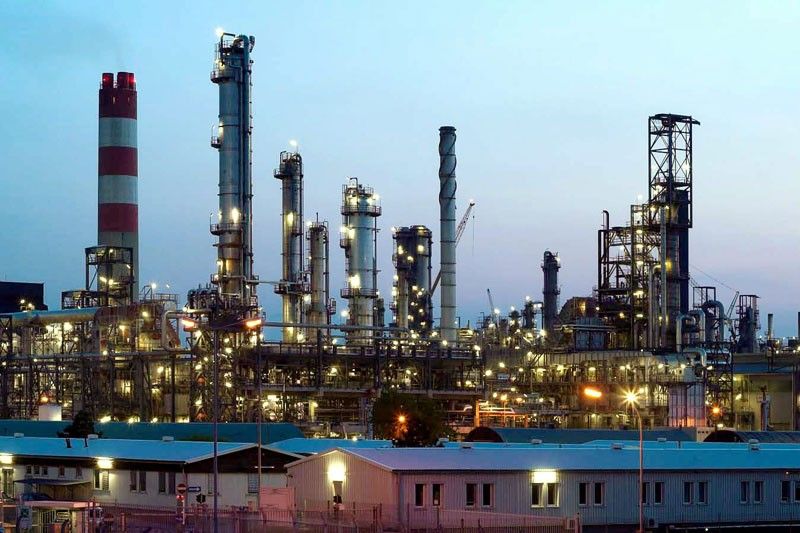Fitch: Outlook for Philippines' LNG plan ‘brightening’

MANILA, Philippines — The outlook for the Philippines’ liquefied natural gas sector is “brightening,” a Fitch Group unit said, as the country races against time to develop gas reserves and prepare for Malampaya’s inevitable decline.
Commissioned in 2001, the Malampaya gas field offshore Palawan supplies all of the Philippines’ current natural gas. But it is forecast to be nearly depleted by 2024.
Hong Kong-based power and utilities firm Energy World Corp. is developing the Philippines’ first LNG hub terminal in Pagbilao, Quezon, which consists of two full containment, onshore LNG tanks.
In a commentary sent to reporters on Thursday, Fitch Solutions Macro Research said that with the completion of the Philippines’ first LNG import terminal, the nation’s self-sufficiency in natural gas will end in 2019.
But the Fitch unit flagged some delays faced by EWC.
“Despite the clear need for more gas and EWC’s repeated commitment to the project, Pagbilao LNG has suffered numerous delays due to issues ranging from volatile LNG prices, funding, regulatory obstacles and confusion over transmission arrangements,” the think tank said.
“Most recently, EWC cited delays to securing government approval to connect to the local grid as holding up the start of its project, despite it being over 90 percent complete,” it added.
The Department of Energy has been trying to encourage proponents of an LNG import terminal ahead of the expected depletion of the Malampaya gas-to-power project.
Natural gas, said to be the cleanest fossil fuel, is usually transported through a pipeline, but if the deposit is large and the market is overseas, the gas may be liquefied for ease of shipping and moved via specialized tankers. Imported LNG is then regasified or reverted to its former state in the country of destination.
EWC's 650-megawatt power project will also have a dedicated jetty and marine infrastructure for the loading and unloading of LNG ships as well as regasification, control center and other ancillary facilities.
Last November 28, EWC said the power project in Pagbilao, Quezon was certified as an “energy project of national significance” by the DOE. The certification recognizes that the power plant will be the anchor off-taker of the LNG project, the company said.
FROM BUSINESSWORLD: Pagbilao project certified as ‘nationally significant’
“This likely puts the project on track to begin commercial operations within 2019, eight years after it broke ground,” Fitch Solutions said of the certification that EWC secured from the DOE.
“From a price standpoint, the next few quarters will be an opportune time for the Philippines to commence LNG imports, with global LNG prices set to be mostly anchored over the next two years.”
‘Political element’
In the same report, Fitch Solutions said the “keys” to the Philippines’ second LNG development appears to be held by Tanglawan Philippines LNG Inc., which is reportedly winning the race to be the DOE’s choice to lead the project.
Tanglawan LNG is a joint-venture between China’s CNOOC and Phoenix Petroleum, owned by Davao-based businessman Dennis Uy.
A third partner being mulled for the project is the Philippines’ largest power distributor Manila Electric Company (Meralco), whose owner, Manuel Pangilinan, had previously been given preferential rights to join Uy in future LNG ventures.
“The inclusion of CNOOC in the partnership adds a political element to the mix, adding further incentivise for the DOE to approve the project, particularly in light of increasing efforts between Beijing and Manila to improve bilateral ties and boost economic and trade cooperation,” Fitch Solutions said. — Ian Nicolas Cigaral
- Latest
- Trending


























